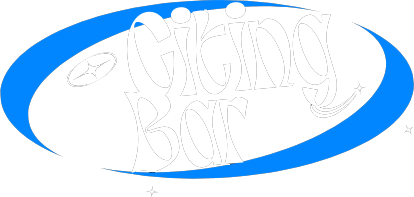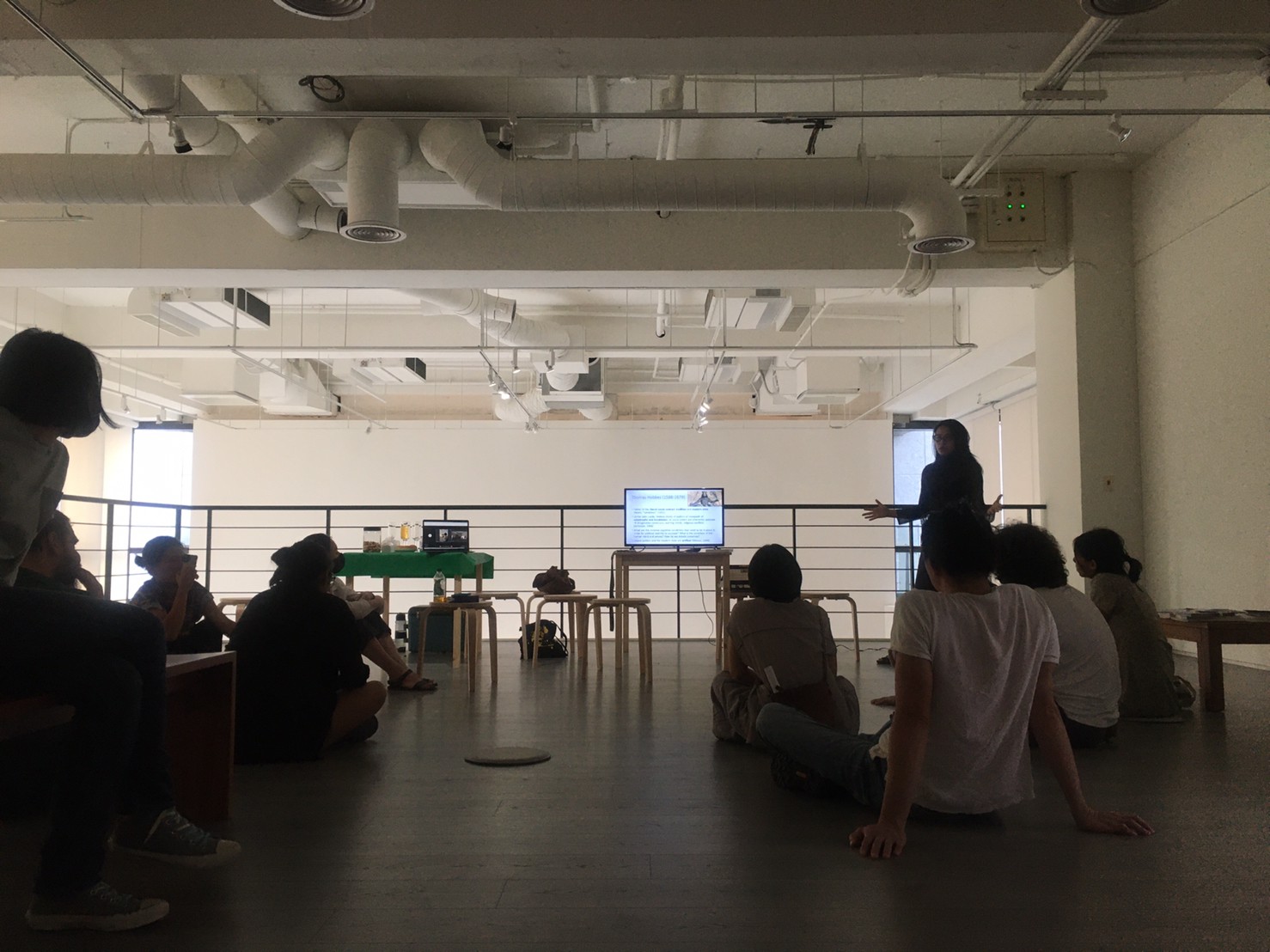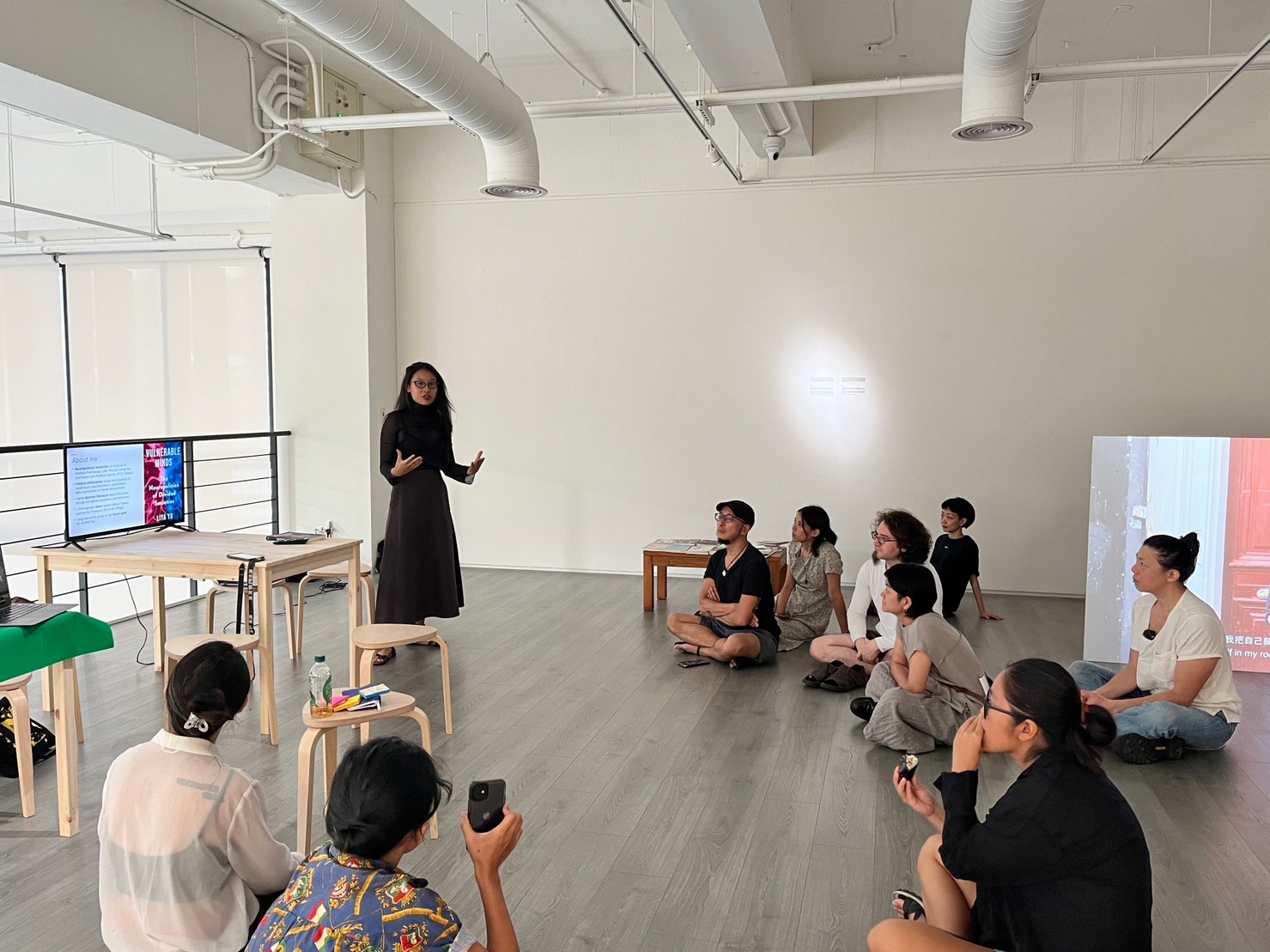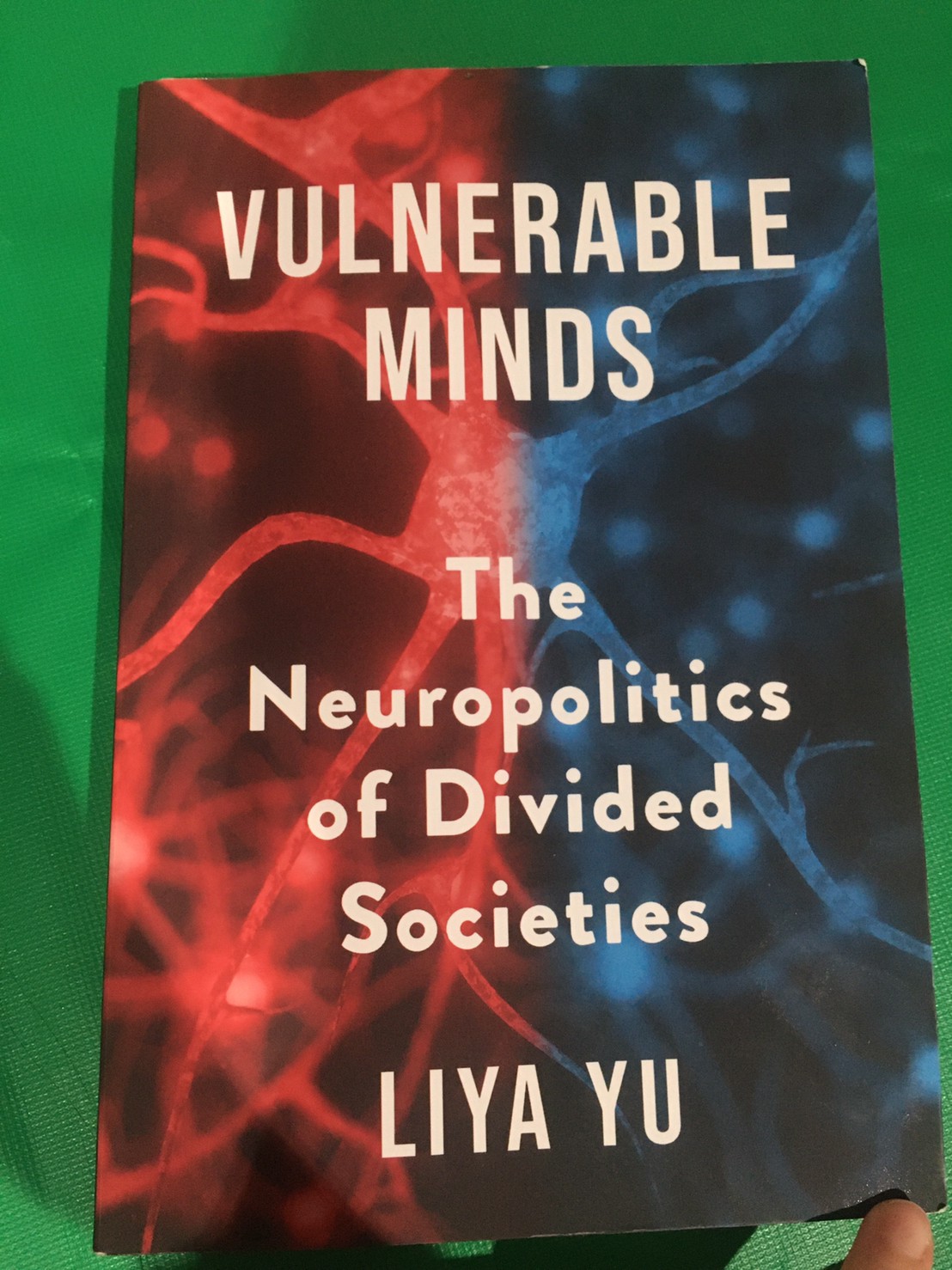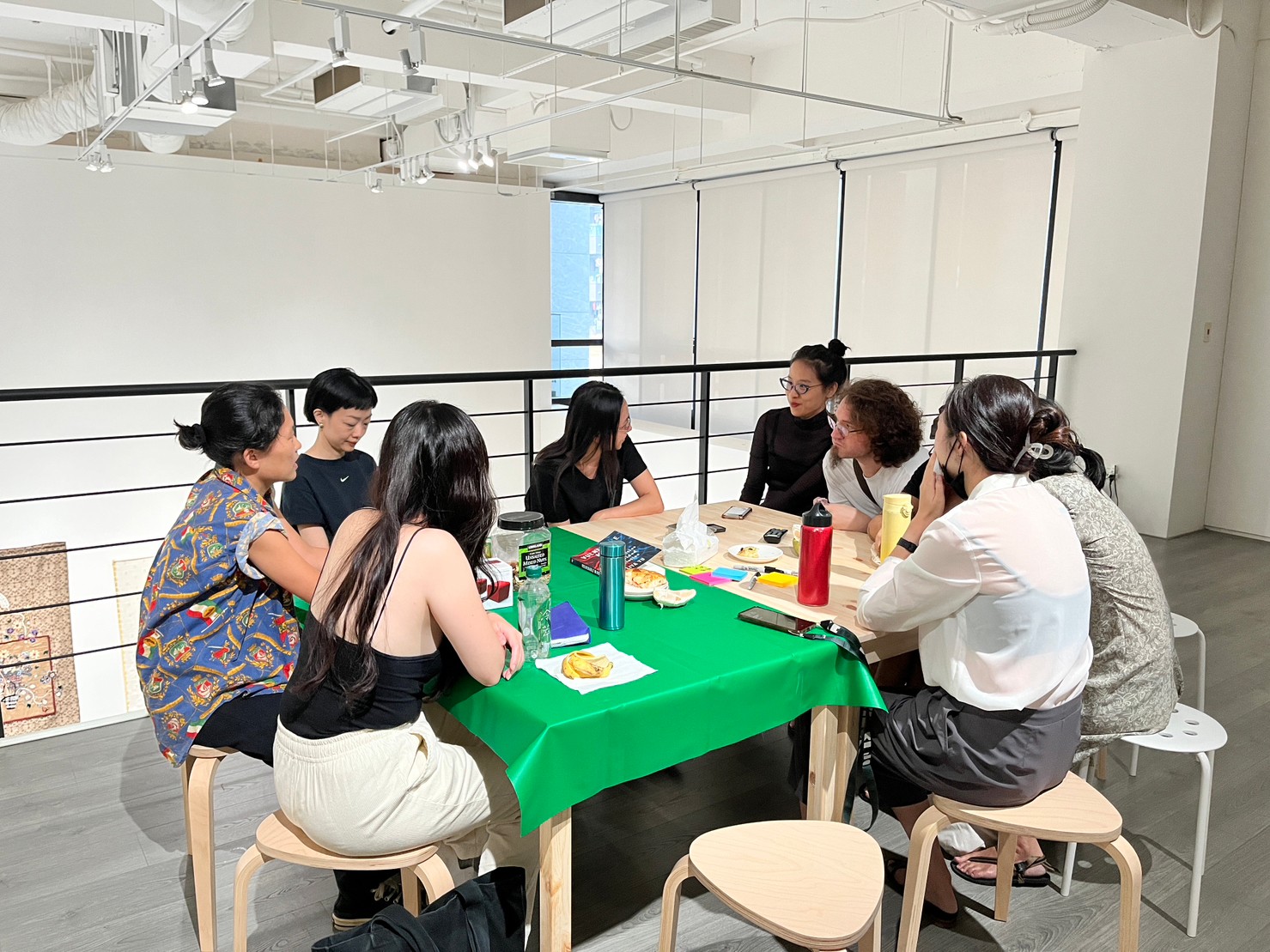Compost yo! Neuro-emergent
“I have a vision, which I call ‘Neuro-Emergence’: to liberate oneself and those on the margins from the neurons onward, creating a new humane language and philosophy. This language and philosophy must be realized through the bodies they seek to liberate. This is where my dance and performance art project resides – in the space where the permanence of words, the fleetingness of actions, and the boundaries of our identities intersect. The ultimate goal is aesthetics: despite the frail darkness of the brain, to create a desire that starts from our neurons, longing to experience life within our bodies.” – Li-Ya Yu
“For the families of disabled individuals, their existence lies in providing value to the lives of their loved ones. For the sake of those they love, families will take care of themselves to continue caring for these individuals. The right to life for disabled individuals has nothing to do with societal contributions and burdens. We should not use unequal values to determine who deserves to live.” – Yu-Yin Liao
Quoting from the September #neuro-emergence workshop, we invited neuroscientist and sociologist Li-Ya Yu to give a short talk. You can listen to her recent explosive performance with Han Cheung’s newly formed heavy metal band neuropathik; you can also have conversations with caregivers for people with physical and mental disabilities and dementia. This is a space for coexistence, including anxiety and struggles, and hopes to accommodate a variety of bodies in precarious situations.
If the human body has more than sixty trillion cells, among them, the nerve cells that intertwine between the skin, muscles, fascia, carrying out sensory and motor transmission, and even forming memory loops… who knows how many there are. You can look it up on Wikipedia, the human brain consists of about 86 billion neurons. However, how these cells “live” in our bodies and lives, governed by what kind of intertwined discrimination, drugs, and societal concepts. How do we face and guide the loops of depression, and then unite and transform them into a force to break down discrimination? Looking at it from a more diverse perspective, if it’s a bucket of compost, a pile of fertile soil, how many bacteria and organisms are communicating inside, and how do we stir it in a timely manner to decompose and reassemble nutrients, forming relationships that herbicides and fertilizers cannot achieve?
“Im Schatten meiner Schädelhöhle ist Leben…
In the shadow of my skull cavity is life…
In the shadow of my skull cavity is life…”
